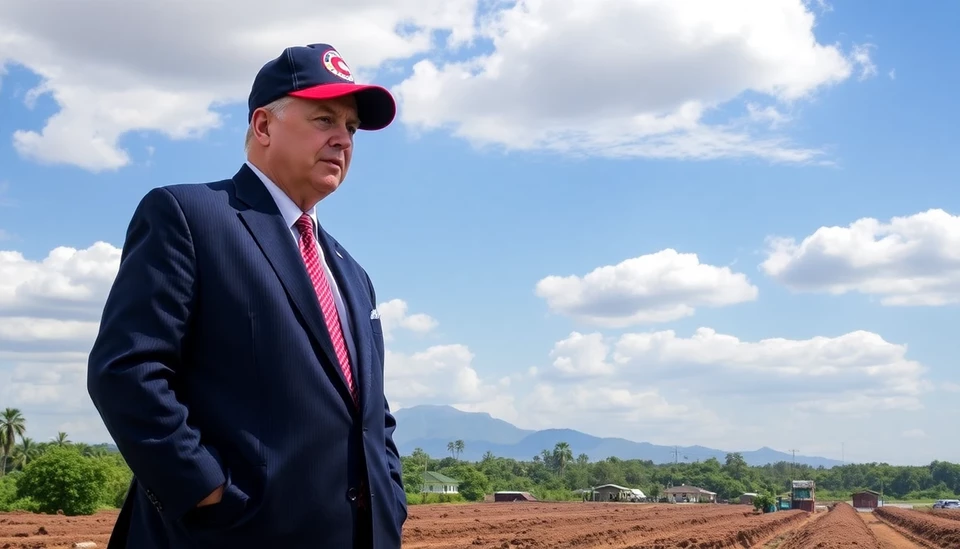
In recent years, former President Donald Trump's stance on tariffs and international trade has sparked significant debate and controversy. These tariffs, which were initially implemented as part of an effort to protect American industries and jobs, have led to complex ramifications in both domestic and global markets. As America's trade relationships continue to evolve, it's crucial to examine how these policies have shaped the current economic landscape and what they might mean for the future.
During Trump's presidency, tariffs were imposed on a variety of goods from countries such as China, Canada, and Mexico. The goal was straightforward: to encourage consumers to buy American-made products and discourage overseas imports. This approach, however, triggered a tit-for-tat response from other countries, leading to escalating trade wars that complicated America's trade dynamics. Industries that had thrived under previous trade agreements found themselves grappling with rising costs and disrupted supply chains.
One of the critical points of contention has been the impact of these tariffs on consumers. While the intention was to support domestic manufacturing, the reality has often been different. As import costs increased due to tariffs, American consumers found themselves facing higher prices for everyday products. This scenario showcased a fundamental issue with protective tariffs: while they may benefit certain sectors, they can also drive up consumer costs across the board, hitting low and middle-income families the hardest.
Moreover, the agricultural sector has been notably affected. Farmers who relied on exporting their products found themselves caught in the crossfire of retaliatory tariffs. The trade war with China, for example, severely impacted U.S. soybeans, corn, and dairy exports, leading to financial strain for many farmers and agricultural businesses. Despite government aid and subsidies aimed at mitigating these losses, the overall uncertainty surrounding trade policy has left many agricultural producers anxious about their futures.
As we move into the post-Trump era, the question remains: how will future administrations navigate the complicated web of tariffs and trade agreements? The Biden administration has taken steps to reassess previous policies, considering both the economic realities and the broader geopolitical landscape. However, the challenge lies in finding a balance that supports American industries while fostering good relations with trading partners and maintaining stable prices for consumers.
The ongoing discussions about global supply chains and trade policies have also prompted companies to rethink how they source materials and manufacture goods. Many firms are now looking to diversify their supply chains to mitigate risks associated with tariffs and trade disruptions. This approach, while strategically sound, could lead to a fundamental transformation in international trade dynamics, as companies may pivot towards more localized production methods or seek out alternative trading partners.
In conclusion, the legacy of Trump's tariffs and the broader trade wars will continue to influence American economic policy and international relations for years to come. As the nation seeks to rebound from the challenges posed during his administration, stakeholders across industries will be watching closely to see how these policies evolve and what new strategies emerge to bolster economic resilience.
As we look ahead, it is essential for policymakers to consider the lessons learned from the past, ensuring that future trade policies prioritize both economic growth and fairness for all Americans in an increasingly interconnected world.
#TrumpTariffs #TradeWars #EconomicImpact #ConsumerPrices #Agriculture #SupplyChain #GlobalTrade #BidenAdministration
Author: Rachel Greene




